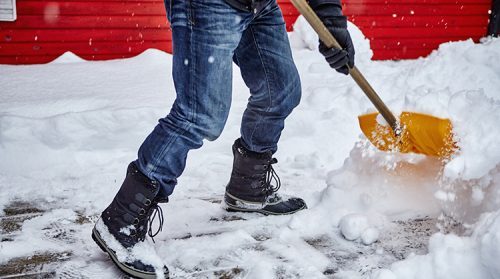Moving house in winter brings a lot of hassle, which is why our tips list starts with choosing professional Ajax movers to do the magic. Keep reading for some good tips to help eliminate unnecessary hardships.
Between ice and snow and the cold temperatures in the air, the challenges you face can feel daunting but not to worry, Let’s Get Moving has you covered.
The following tips are going to change the way you look at moving days in the wintertime.
Tips for moving to Ajax during the winter:
Prepare early, but stay flexible
Sure, the weather can be unpredictable, and on top of rain or snow you might have to deal with wind or even hail. But if you keep an eye on the weather forecast, you can prepare for whatever Mother Nature decides to throw your way.
If you find out that a big storm will occur on your moving day you might want to see if you can reschedule with the movers. This might be possible because movers tend to have a lighter workload in winter. This way, fitting you in on another day is probably doable. After all, they most likely don’t want to be working in the middle of a blizzard either.
Begin packing weeks ahead of time
Regardless of whether you are moving house in winter or summer, start packing soon. As soon as possible, to buy yourself enough time. If you start as early as two months in advance, this will go a long way toward cutting down any last-minute stress.
Packing in advance also gives you time to emotionally process the move which can leave you feeling better about the entire process.
Get the house ready for your Ajax movers
One moving tip on top of our list in regards to having Ajax movers come in the wintertime is preparing the house. You need to create a safe environment for the movers, by cleaning snow off the walkways and stairs. Spread some salt on the ground to melt the ice.
When it comes to the inside of the home you will want to put down plastic sheeting to protect the floors. Probably the movers’ shoes are wet and muddy and you want to keep all that mess away from your floors. This goes for the home you are moving out of as well as the one you are moving into.
Keep these tips in mind when you hire Toronto Movers for moving house in winter. This way you will find the whole process goes a lot smoother with very little to zero stress.


















